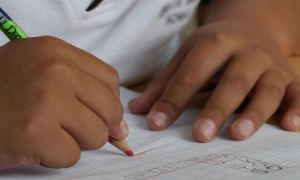With the catastrophic bushfires happening in and around Australia it’s only natural that children will begin to ask questions about what they are seeing and hearing. Some children may also feel scared and anxious. As Educators, we can reassure children, answer their questions and teach children about bushfires.
Introduce The Concept Of Fire and Fire Safety
Encourage children to share and discuss their ideas on:
- What is fire?
- What is fire safety?
- Why do we need to know about fire safety?
Discuss the Types Of Fires
- What do you know about fires?
- What words would you use to describe fires?
- What does fire do?
Record children’s ideas and use these for further discussion and to implement further learning opportunities.
What To Do In A Fire Emergency
It’s important for children to understand what to do if they get caught up in a fire – it doesn’t necessarily have to be a bushfire but any type of fire.
- 000 - Children should lean 000 to call in an emergency.
- Don’t hide, go outside – Children commonly hide when they are scared by hiding under beds or in cupboards. Children need to know when they hear a smoke alarm or see a fire they should go outside.
- Get down low and go, go, go – Smoke inhalation is a leading cause of death in a fire – children need to learn to get down low and crawl to safety. Most important is to GET OUT FAST!
- Stop, drop and roll - It is important that children know how to best extinguish their clothes if they are on fire. Teach children to stop and drop to the ground, lying flat with legs out straight.
From here, children need to use their hands to cover their eyes and mouth and roll over, back and forth until the flames are out. Parents need to make sure that children know to only do this if their clothing is on fire.
Introduce Firefighters
Explore and discuss children’s knowledge about firefighters, their equipment and the role they play within the community, ideas to explore include:
- What do firefighters do?
- How do they help us?
- What do firefighters wear? Why?
- What types of equipment do firefighters use? - Encourage children to look for fire equipment in the early childhood setting and discuss when and how this equipment is used.
- Discuss the fire services in the county and city and when a large bushfire occurs, firefighters join together to fight fires.
Children may have an array of questions about the bushfires. It’s important that we talk to them in an open and appropriate to their age, so they feel confident and understand what to do in a bushfire emergency.
When talking to children about bushfires:
- Listen carefully to what they say - Children will often talk about what they are thinking or how they are feeling Listen carefully to the child’s words to get an understanding of what is going on in their mind.
- Ask questions - If you notice changes in a child’s behaviour and you think this might be a reaction to bushfire, ask them to describe what they are thinking or feeling. For example – “The sign is red today, that’s bad, isn’t it? Be honest and reassure the child. For e.g. “Yes, red means there is a risk of fire" – and also explain to help them understand what you are doing to make sure everyone is safe. Try to find out what made them ask their question. This will help to identify the source of concern, which may be different from their question.
- Use age-relevant language - Use language that is easy for children to understand.
- Remain positive and reassuring - It is important that we use positive and reassuring language when around children.
- Discuss the community support – During bushfires, children should know about the kindness, bravery and generosity from people. It will provide comfort and reassure them that others are willing to help.
- Discuss how to help – Brainstorm ideas or how the children can help those affected by bushfires. For e.g. raise money by wearing red, collecting items from families etc.
- Build resilience.-Help children to grow in self-confidence by talking to them about the various bushfire preparation steps taken to ensure their safety.
- Manage your own reactions.- Try to manage your own stress reactions and to model good coping strategies for children. When discussing any current events with others, be mindful of what you say in front of the children.
By using these points above, we can safely talk to children about the risks and dangers of bushfires.
Discussing bushfires with children will reduce the likelihood of distress, build resilience and will also help children to develop coping skills.
Please note: All Educators need to be aware that there is potential for distress or discomfort amongst children when teaching and learning about bushfires, so please act in the best interest for your group of children.
References:
Bushfire Education, Victoria Department Of Education
Talking To Children About Bushfires, Better Health Channel
How To Talk To Children About Australia's Bushfire Emergency, Unicef Australia
Teach Your Child About Fire Safety, Kidspot


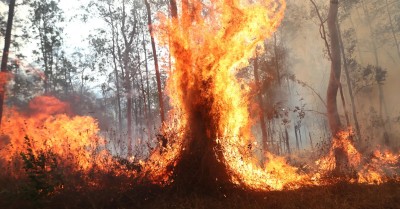



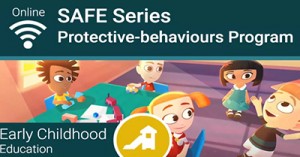
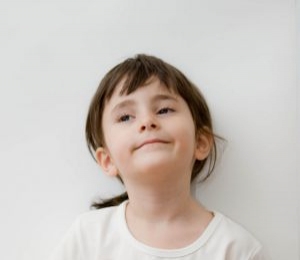 Open ended questions cannot be responded to with one word answers such as yes or no. These types of questions enables a child to provide
Open ended questions cannot be responded to with one word answers such as yes or no. These types of questions enables a child to provide During your child’s preschool years, an important milestone begins to emerge. This is the development of pre-writing skills. Pre-writing skills are used to encourage, develop
During your child’s preschool years, an important milestone begins to emerge. This is the development of pre-writing skills. Pre-writing skills are used to encourage, develop Open ended materials enables children to play freely. They are objects that have no rules to follow, use or function. Raw materials that can be
Open ended materials enables children to play freely. They are objects that have no rules to follow, use or function. Raw materials that can be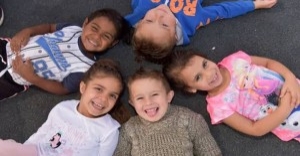 An Acknowledgment of the Country is a way of showing respect for the Traditional Owners and can be given by both non-Indigenous people and Aboriginal
An Acknowledgment of the Country is a way of showing respect for the Traditional Owners and can be given by both non-Indigenous people and Aboriginal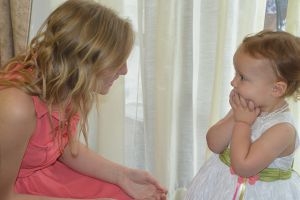 Language plays an important role in a child’s development. It enables a child to communicate effectively with their family, learn at school, socialize with friends,
Language plays an important role in a child’s development. It enables a child to communicate effectively with their family, learn at school, socialize with friends,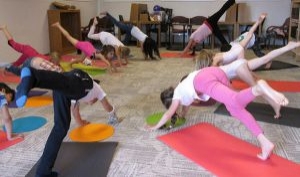 Like adults, children have to deal with their own stress in life. Moving house, starting a new school, preparing for a new sibling - these are
Like adults, children have to deal with their own stress in life. Moving house, starting a new school, preparing for a new sibling - these are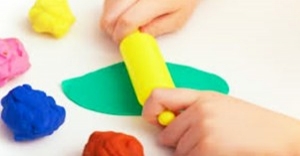 Playdough is such a versatile material. It provides numerous benefits to children as they manipulate it, it is safe and soothing and provides children with
Playdough is such a versatile material. It provides numerous benefits to children as they manipulate it, it is safe and soothing and provides children with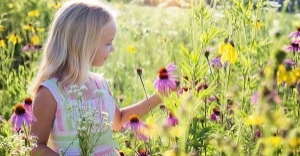 Teaching children about sustainability enables them to appreciate and respect the natural environment. Early childhood services can provide meaningful hand on learning experiences in order
Teaching children about sustainability enables them to appreciate and respect the natural environment. Early childhood services can provide meaningful hand on learning experiences in order Recycling is an important concept that teaches children to care for the environment. It encourages children to be responsible and show a growing appreciating for
Recycling is an important concept that teaches children to care for the environment. It encourages children to be responsible and show a growing appreciating for When children apply paint to paper, glue things together, or pound a lump of clay, they experiment with colour, shape design and texture.
When children apply paint to paper, glue things together, or pound a lump of clay, they experiment with colour, shape design and texture.


